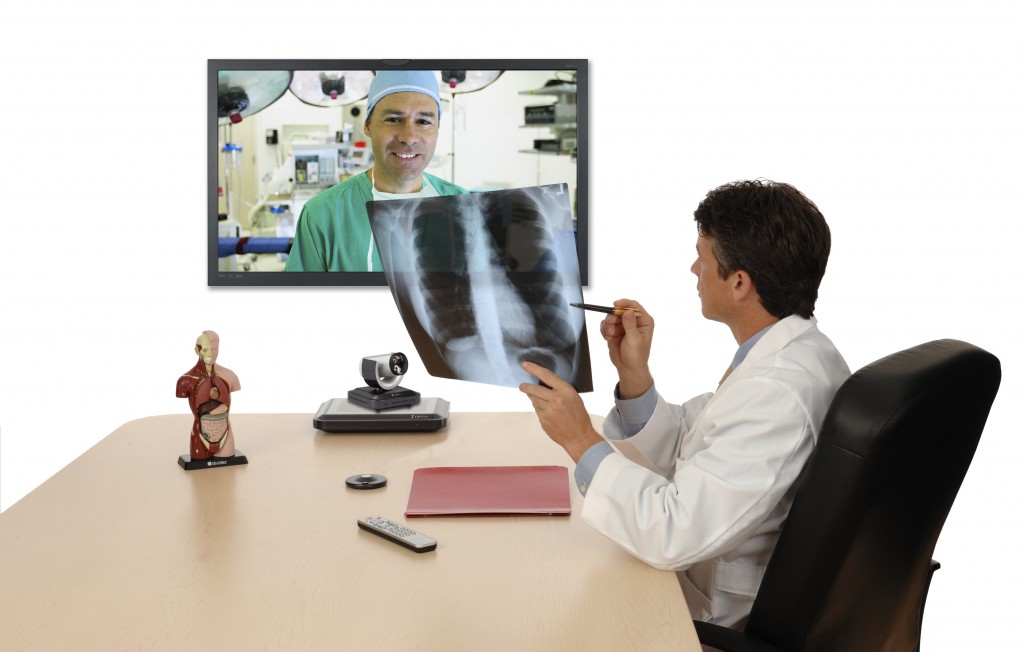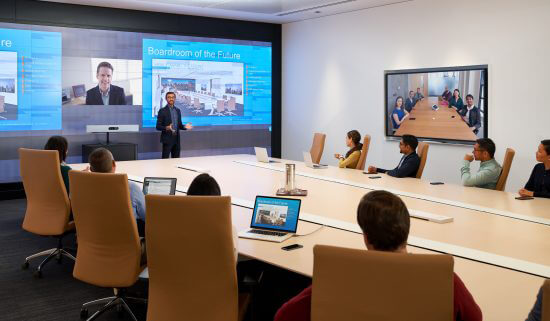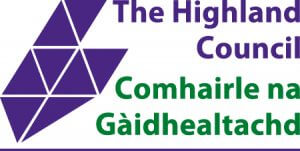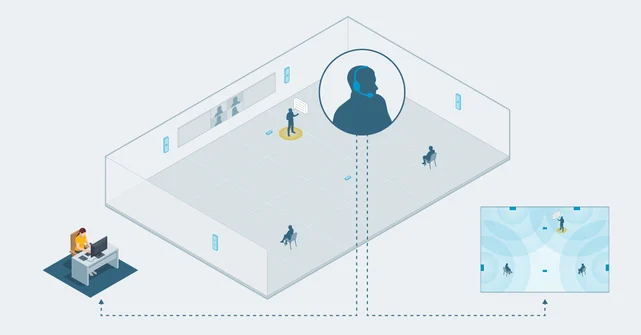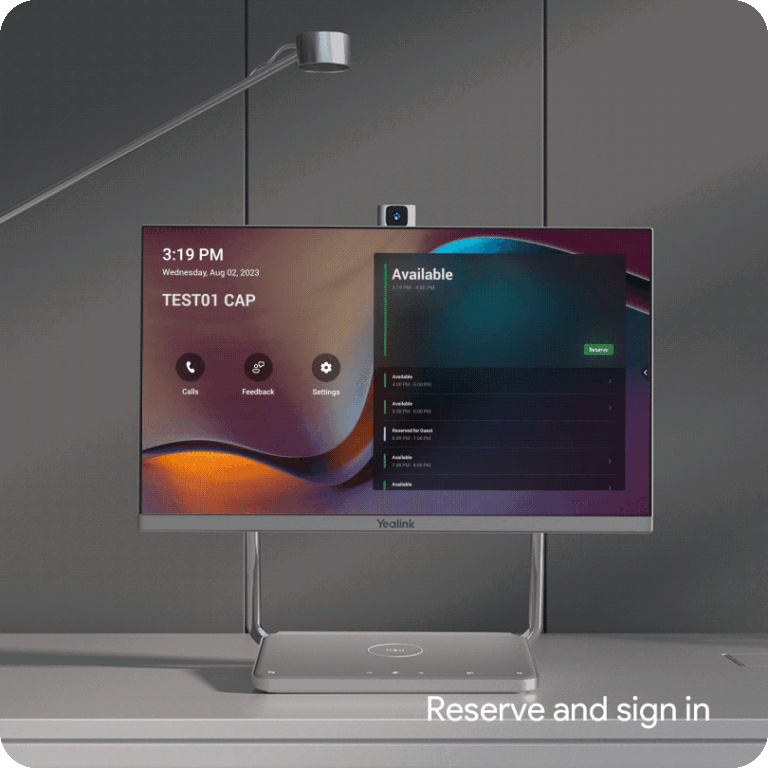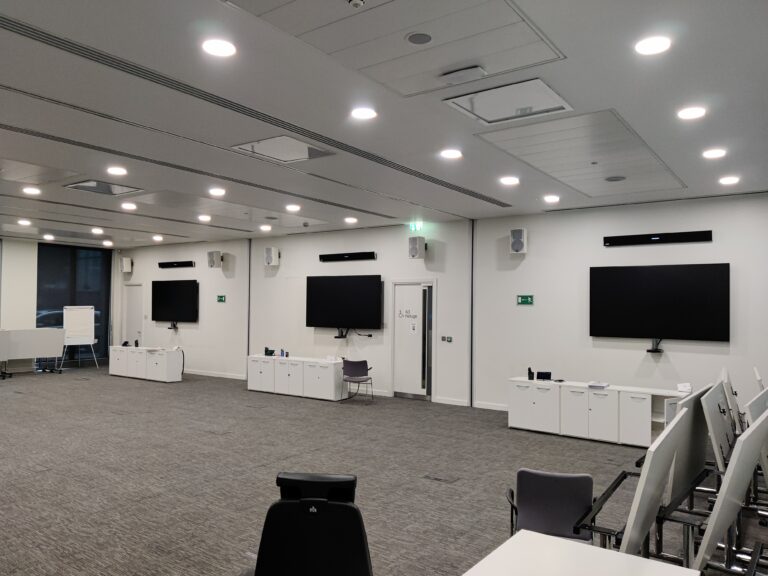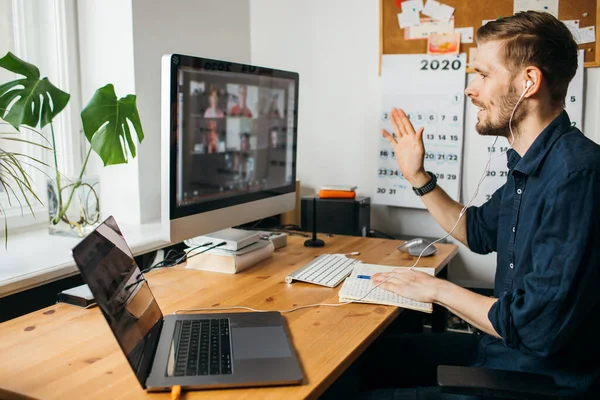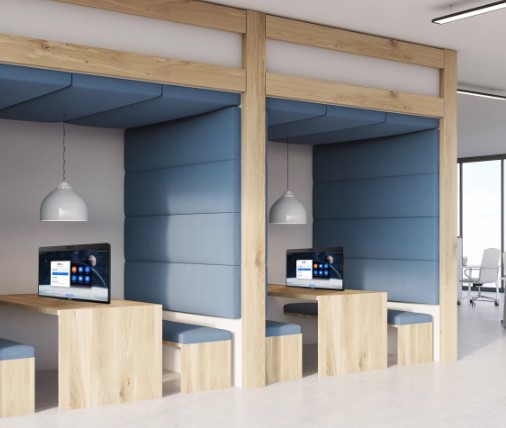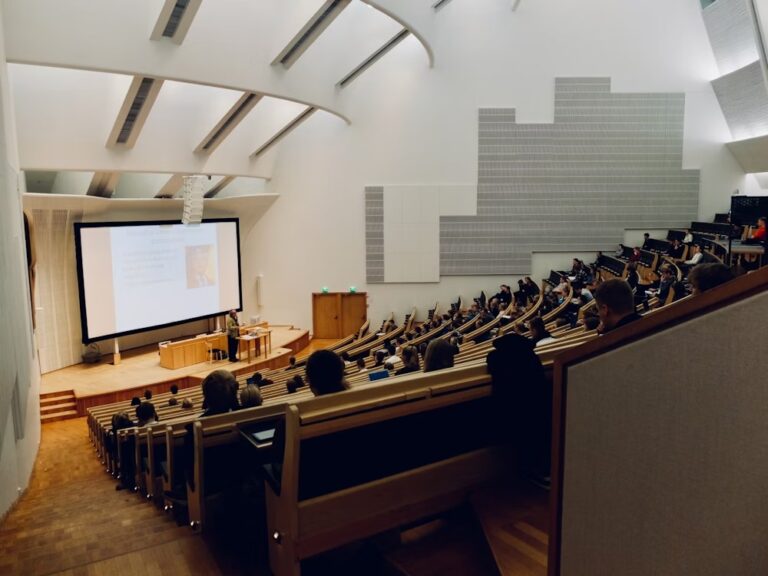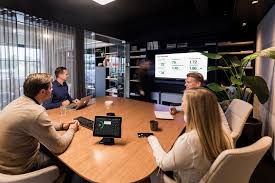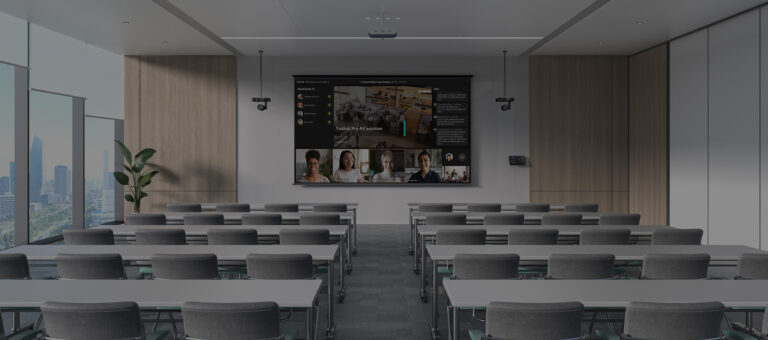Although the benefits of Video Conferencing and collaboration solutions for healthcare, hospitals and the NHS are generally focused on specific patient outcomes and on-the-ward usage – such as nurse-patient interaction, specialist consultations and even video communication to assist remote robotic surgery – there are many ways in which high quality collaborative video conferencing solutions can improve healthcare administration, from general staff meetings to executive board reviews and from MDT meetings to translation services.
With many hospital trusts, departments and administrative buildings dispersed across multiple sites and locations, coordination across a trust can be a difficult and costly task. Ensuring coordination is managed efficiently, however, results in great cost savings, a more efficient workflow, and improved patient care and service.
So in what specific ways can Video Conferencing assist with Healthcare Administration?
Faster, better, more informed decision making
Virtual and ad-hoc meetings can take place almost in an instance, with Virtual Meetings simple and fast to schedule. Decision making is faster, without reducing the actual meeting duration, 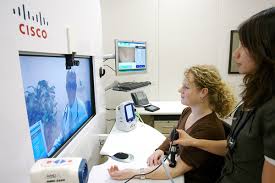 because travel between departments and sites is minimised. Colleagues across different locations and even medical suppliers can be brought together at a moments notice.
because travel between departments and sites is minimised. Colleagues across different locations and even medical suppliers can be brought together at a moments notice.
Reduced Costs
By removing the barriers of location, resources can be much more highly utilised. More remote locations and scarce resources can be included cost effectively in meetings, without trusts succumbing to increasing budgetary pressures and funding reductions.
Plus, hospitals and healthcare organisations using video collaboration have found that more ad-hoc meetings take place when video is readily available, resulting in better communication and coordination of services.
Improved Productivity and Workflow
 Video Conferencing technology has been proven to drive improved productivity, providing highly significant savings for healthcare establishments around the globe. By connecting remote colleagues for operational reviews, board meetings or project management sessions, overall communications are improved, and can lead to much more efficient workflows that in turn improves services for staff and patients.
Video Conferencing technology has been proven to drive improved productivity, providing highly significant savings for healthcare establishments around the globe. By connecting remote colleagues for operational reviews, board meetings or project management sessions, overall communications are improved, and can lead to much more efficient workflows that in turn improves services for staff and patients.
Recruitment and Training
The ability to use video to broadcast training events enable staff to attend, wherever they are located. By providing recording functionality of these events, less staff miss training as it can be caught up, on-demand, whenever is best – and needed – for them.
Plus, recruitment and interviewing can easily take place via video, with talent from around the country able to hold visual interviews at a moments notice, and a much wider recruitment pool accessed. On-demand recruitment via video is much more effective than phone interviews, where the majority of visual cues and expressions are lost.
Better informed staff ensures better and more efficient workflows.
Improved Collaboration
Not only can video solutions provide face-to-face communications, they also provide the ability to share data and presentations from wherever the presenter is located. Meeting participants can share desktops to aid budgetary meetings, EHR (electronic health record) management and hospital development/growth plans, and other participants can actively collaborate with annotations and text to enable a much more collaborative environment for healthcare administration.
These are just a few of the ways in which video conferencing and collaboration technology is assisting Healthcare Administration in the UK, Europe and across the world. Let us know how your teams are benefitting from Video Conferencing, or find out more below.
More information?
- SMART for Healthcare: How Interactive Technology is improving Patient Care
- Benefits, Solutions and Examples for Healthcare and Hospitals
- James Cook University Hospital in Pioneering Keyhole Surgery Story
- ProHealth Virtual Meeting Room Services


